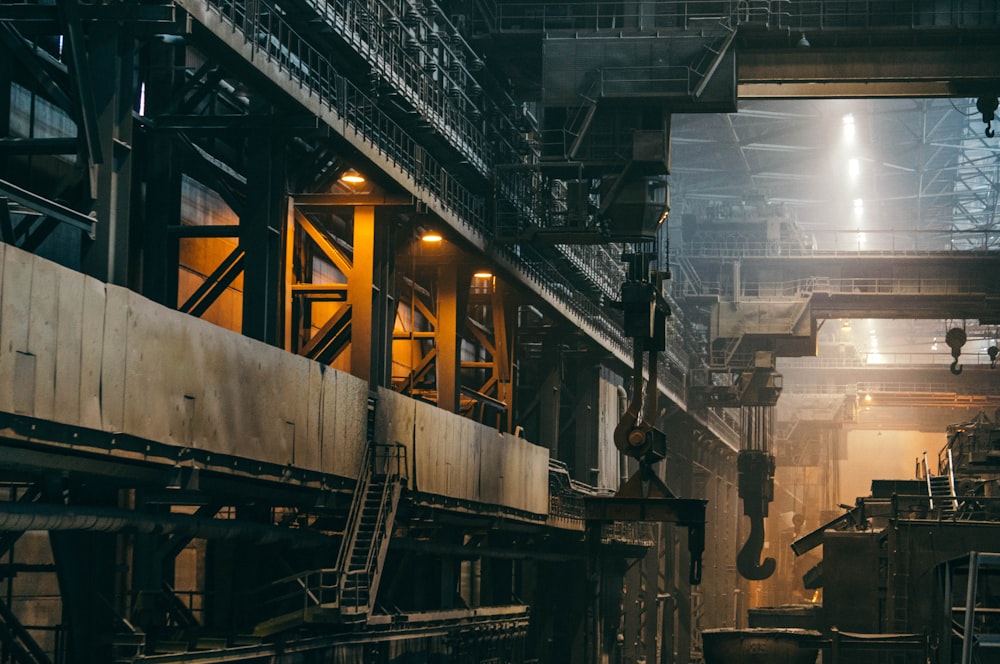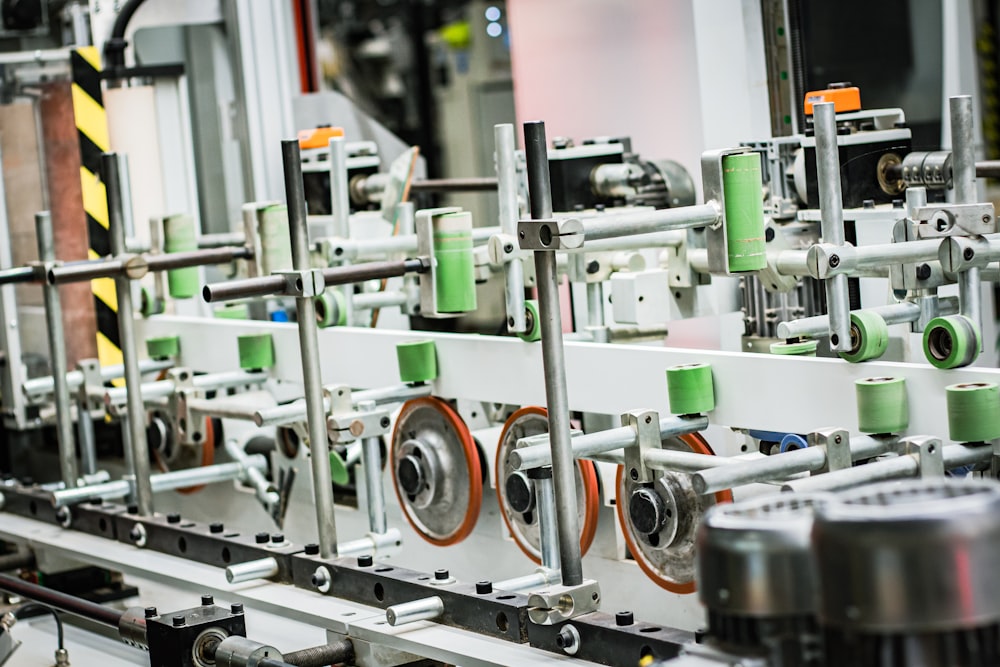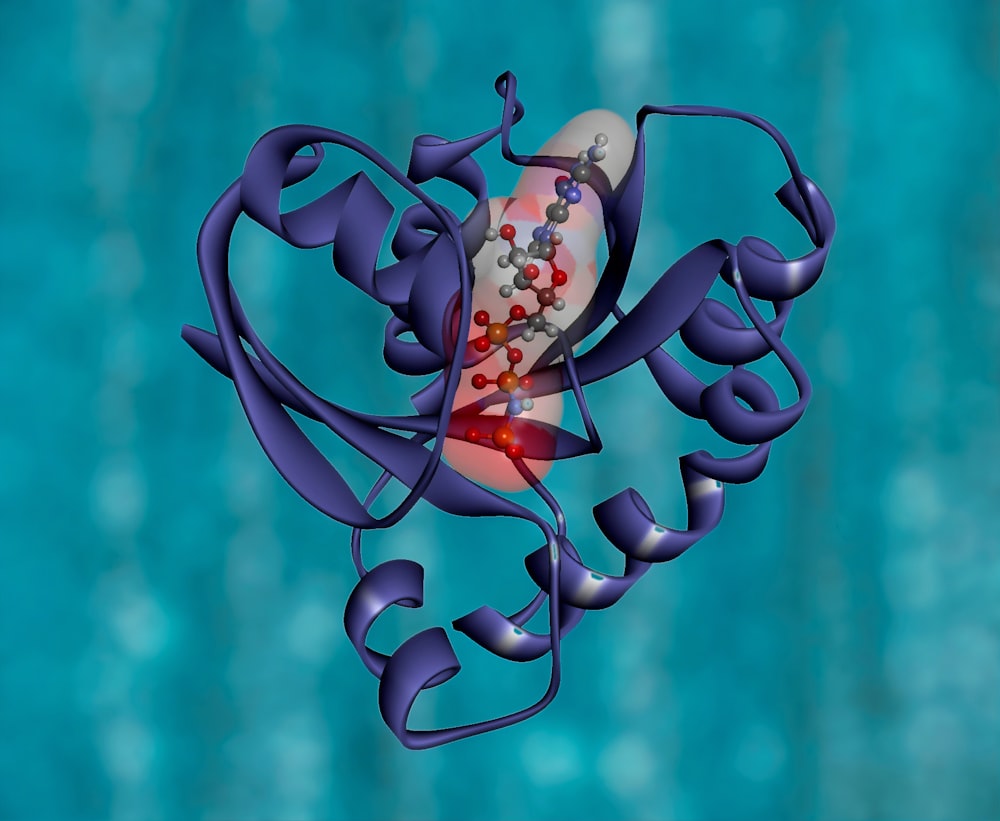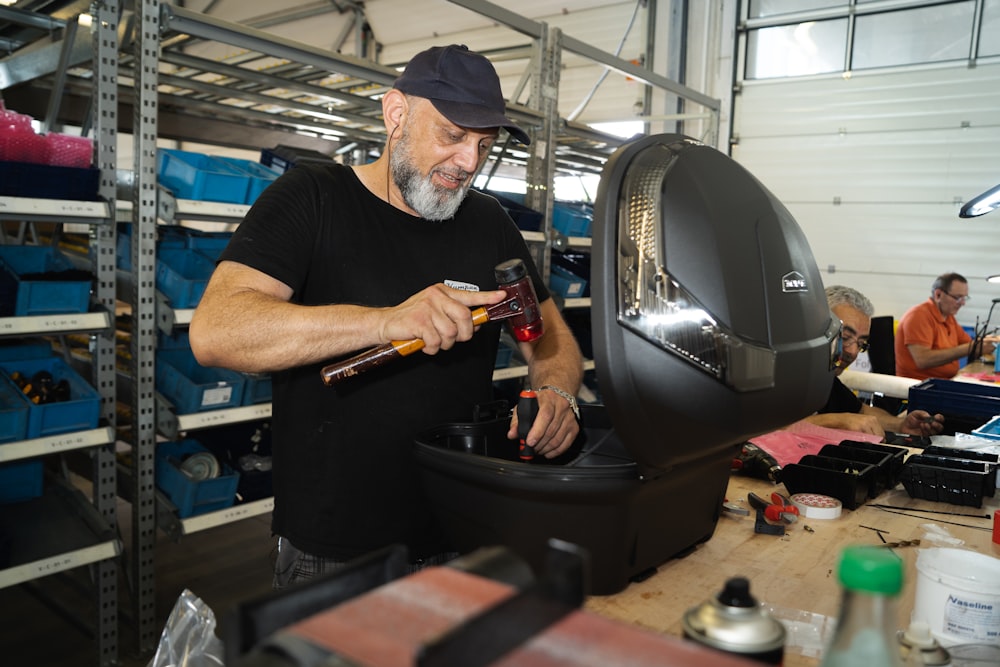
Guarding Operations Navigating the Realm of Industrial Cybersecurity
Guarding Operations: Navigating the Realm of Industrial Cybersecurity
In the interconnected world of industry, where machines communicate and systems operate seamlessly, the importance of industrial cybersecurity cannot be overstated. As technology continues to advance, so do the threats that lurk in the digital landscape. Let’s delve into the critical aspects of safeguarding industrial operations in the era of cybersecurity.
The Evolving Threat Landscape
The realm of cybersecurity is dynamic, and industrial systems are not immune to the evolving threat landscape. From ransomware attacks to sophisticated malware, industrial facilities face a myriad of cyber threats that can disrupt operations, compromise sensitive data, and pose significant risks to safety and production.
Securing Critical Infrastructure
Industrial facilities are often part of critical infrastructure, making them attractive targets for cyber adversaries. A breach in cybersecurity not only jeopardizes the operation of the facility but can have far-reaching consequences, affecting communities and even national security. Securing critical infrastructure is a top priority in the realm of industrial cybersecurity.
Addressing Unique Challenges in Industrial Settings
Industrial cybersecurity faces unique challenges compared to other sectors. Legacy systems, which may lack the robust security features of modern technologies, are still prevalent in many industrial environments. Balancing the need for technological upgrades with the operational continuity of aging systems is a delicate challenge that cybersecurity professionals must navigate.
The Human Element: Training and Awareness
While advanced technologies play a crucial role in industrial cybersecurity, the human element remains a significant factor. Employee awareness, training, and adherence to cybersecurity best practices contribute to creating a robust defense against cyber threats. Educating personnel on recognizing phishing attempts and practicing good cyber hygiene are essential components of a comprehensive cybersecurity strategy.
Real-time Monitoring and Incident Response
A proactive approach to industrial cybersecurity involves real-time monitoring of networks and systems. Detecting anomalies or suspicious activities in real-time allows for swift responses to potential threats. An effective incident response plan is crucial for minimizing the impact of a cybersecurity incident and restoring normal operations promptly.
Collaboration Across Industries
The interconnected nature of industries necessitates collaboration in the realm of cybersecurity. Information sharing about emerging threats, vulnerabilities, and best practices is vital for creating a collective defense against cyber threats. Collaborative efforts help industries stay ahead of evolving cybersecurity challenges and strengthen the overall resilience of critical infrastructure.
Industrial Cybersecurity Solutions: A Holistic Approach
Securing industrial operations requires a holistic approach to cybersecurity solutions. This includes implementing robust firewalls, intrusion detection systems, and encryption protocols. Regular vulnerability assessments and penetration testing help identify weak points in the cybersecurity posture, allowing for proactive remediation.
Reltix.net: Your Hub for Industrial Cybersecurity Insights
To stay ahead in the ever-evolving landscape of industrial cybersecurity, explore Industrial Cybersecurity at Reltix.net. This platform provides valuable insights, best practices, and the latest developments in safeguarding industrial operations from cyber threats. Reltix.net serves as a knowledge hub for professionals seeking to enhance their understanding of industrial cybersecurity.
The Future of Industrial Cybersecurity
As technology continues to advance, the future of industrial cybersecurity holds















